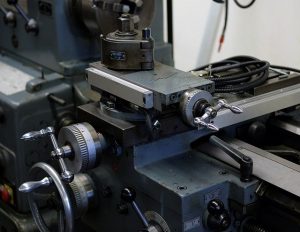
In the manufacturing industry, production cycles can often be classified as either short run or long run. Some manufacturing companies focus on short-run production, whereas others focus on long-run production. While they both involve the conversion of raw materials into finished or partially finished products, they aren’t the same. For a better understanding of short-run and long-run production, including how they differ, keep reading.
What Is Short-Run Production?
Based on the name alone, you may assume that short-run production is simply a shorter production cycle than its long counterpart. However, short-run production actually has a different meaning. The term “short-run production” refers to a production cycle in which at least one factor is fixed.
Most companies have multiple factors that they use to produce goods or services. Also known as input factors, they can consist of labor, materials, equipment, capital and real property. Some of these factors may remain fixed, meaning they won’t change throughout the course of production. Other factors may fluctuate. In short-term production, at least one of these factors remains fixed.
What Is Long-Run Production?
Long-run production, on the other hand, occurs when all factors of production fluctuate. Regardless of which factors a company uses to produce its goods or services, they are considered variable factors in long-run production. Companies can’t accurately predict how many units of each input factor they’ll consume. Long-run production involves the exclusive use of variable factors that can fluctuate.
In many cases, short-term production cycles have a shorter length than long-run production cycle. Many companies perform short-run production in a period of six months or less. In comparison, long-run production may extend anywhere from six months to one year.
It’s important to note that short-run and long-run aren’t the only types of production cycles. There’s also very long-run production. Very long-run production occurs when both the internal and external factors of production fluctuate. It doesn’t just take into account a company’s internal factors. It looks at external factors as well. Regulatory changes, for instance, are considered an external factor. In long-run production, a change of regulation is something that’s outside of a company’s control.
In Conclusion
Short-term production and long-run production both involve the use of input factors. In short-term production, at least one of the factors is fixed. In long-term production none of the factors are factors. Instead, long-term production uses variable variables that can fluctuate or change.
No tags for this post.